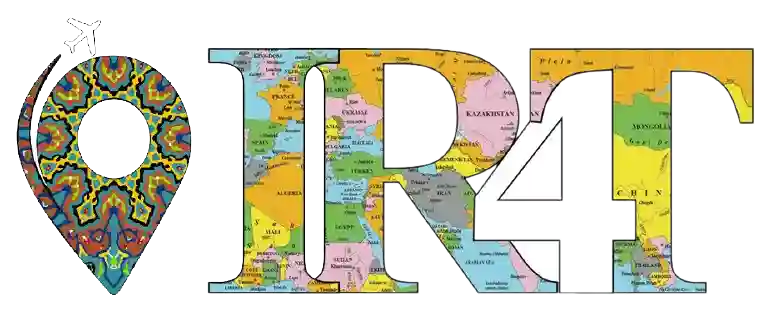Beautiful Nature of IRAN
IRAN With 1,648,195 km² territory is the 17th largest country in the world and second-largest country in the middle east. The vast land of Iran covers diverse natural topography, ranging from magnificent beaches stretching for miles to mysterious arid deserts. Comparing these natural attractions with similar wonders in other countries shows that Iran is truly a hidden paradise in Western Asia. Iran, a mountainous, arid, and ethnically diverse country of southwestern Asia.

Iran also called Persia, and officially the Islamic Republic of Iran is a country in Western Asia. It is bordered by Iraq and Turkey to the west, by Azerbaijan and Armenia to the northwest, by the Caspian Sea and Turkmenistan to the north, by Afghanistan and Pakistan to the east, and by the Gulf of Oman and the Persian Gulf to the south Iran has a population of 85 million, Its largest cities, in descending order, are the capital Tehran, Mashhad, Isfahan, Kerman, Shiraz and Tabriz.

Iran’s climate varies considerably from region to region. In the north-west, winters are cold, with heavy snowfall and subfreezing temperatures during December and January.
Spring and autumn are relatively mild, and summers are dry and hot. In the south, the winters are mild and the summers very hot, with an average daily maximum temperature in July exceeding 45 °C in some areas.
Temperature and precipitation also vary with elevation, as winds bring heavy moisture from the Persian Gulf. Iran’s climate is mostly arid or semiarid and subtropical along the Caspian coast.

The topography of Iran consists of rugged, mountainous rims surrounding high interior basins. The main mountain chain is the Zagros Mountains, a series of parallel ridges interspersed with plains that bisect the country from northwest to southeast. Many peaks in the Zagros exceed 3,000 meters (9,843 ft) above sea level, and in the south-central region of the country there are at least five peaks that are over 4,000 meters (13,123 ft).

As the Zagros continue into southeastern Iran, the average elevation of the peaks declines dramatically to under 1,500 meters (4,921 ft). Rimming the Caspian Sea littoral is another chain of mountains, the narrow but high Alborz Mountains. Volcanic Mount Damavand, 5,610 meters (18,406 ft), located in the center of the Alborz, is not only the country’s highest peak but also the highest mountain on the Eurasian landmass west of the Hindu Kush.

The center of Iran consists of several closed basins that collectively are referred to as the Central Plateau. The average elevation of this plateau is about 900 meters (2,953 ft), but several of the mountains that tower over the plateau exceed 3,000 meters (9,843 ft). The eastern part of the plateau is covered by two salt deserts, the Dasht-e Kavir (Great Salt Desert) and the Dasht-e Lut. Except for some scattered oases, these deserts are uninhabited.

The country is home to one of the world’s oldest civilizations, beginning with the formation of the Elamite kingdoms in the fourth millennium BC. It was first unified by the Medes, an ancient Iranian people, in the seventh century BC, and reached its territorial height in the sixth century BC, when Cyrus the Great founded the Achaemenid Persian Empire, which became one of the largest empires in world and has been described as the world’s first effective superpower.

The Achaemenid Empire fell to Alexander the Great in the fourth century BC and was subsequently divided into several Hellenistic states. An Iranian rebellion established the Parthian Empire in the third century BC, which was succeeded in the third century AD by the Sassanid Empire, a major world power for the next four centuries. Arab Muslims conquered the empire in the seventh century AD, which led to the Islamization of Iran.
